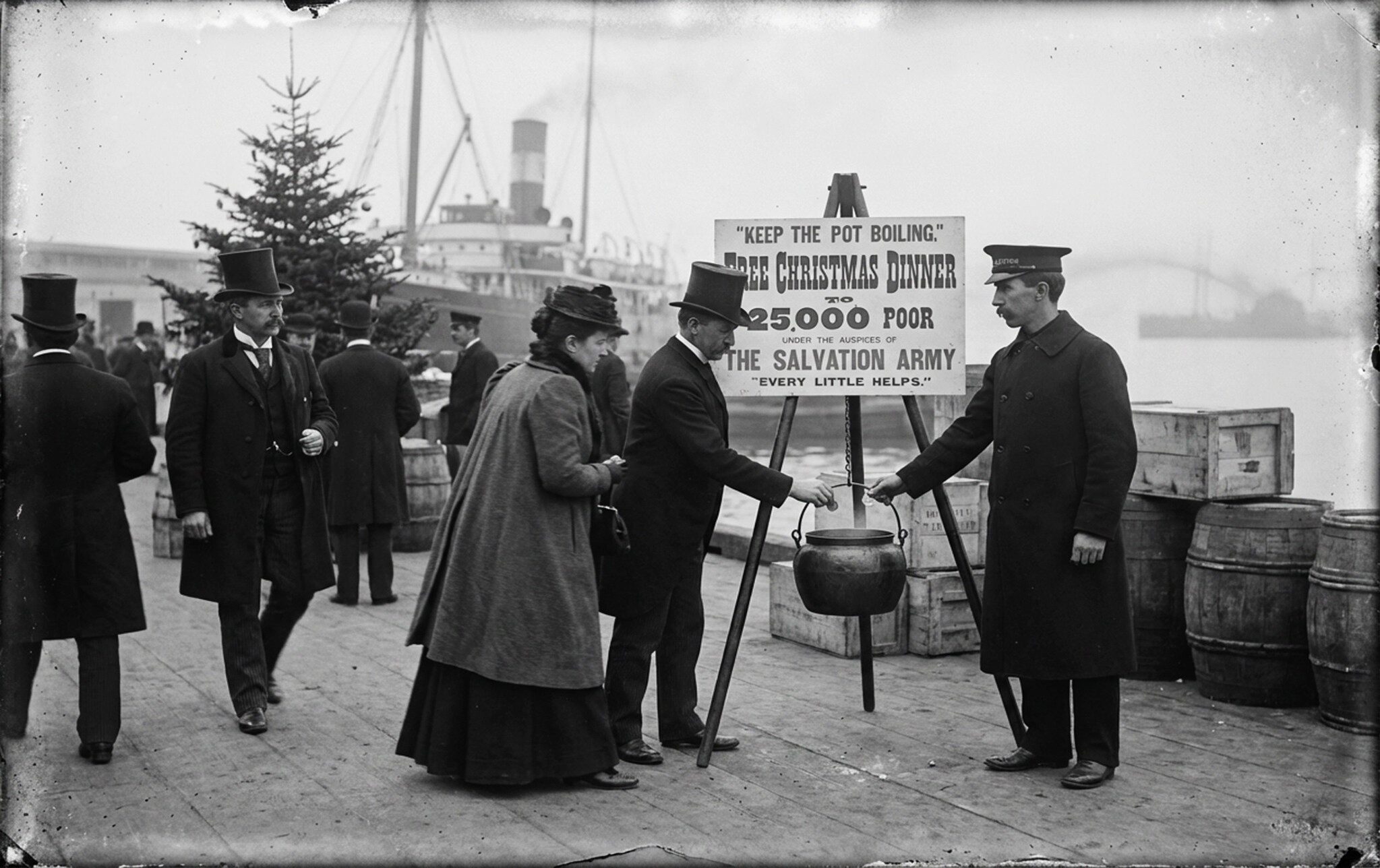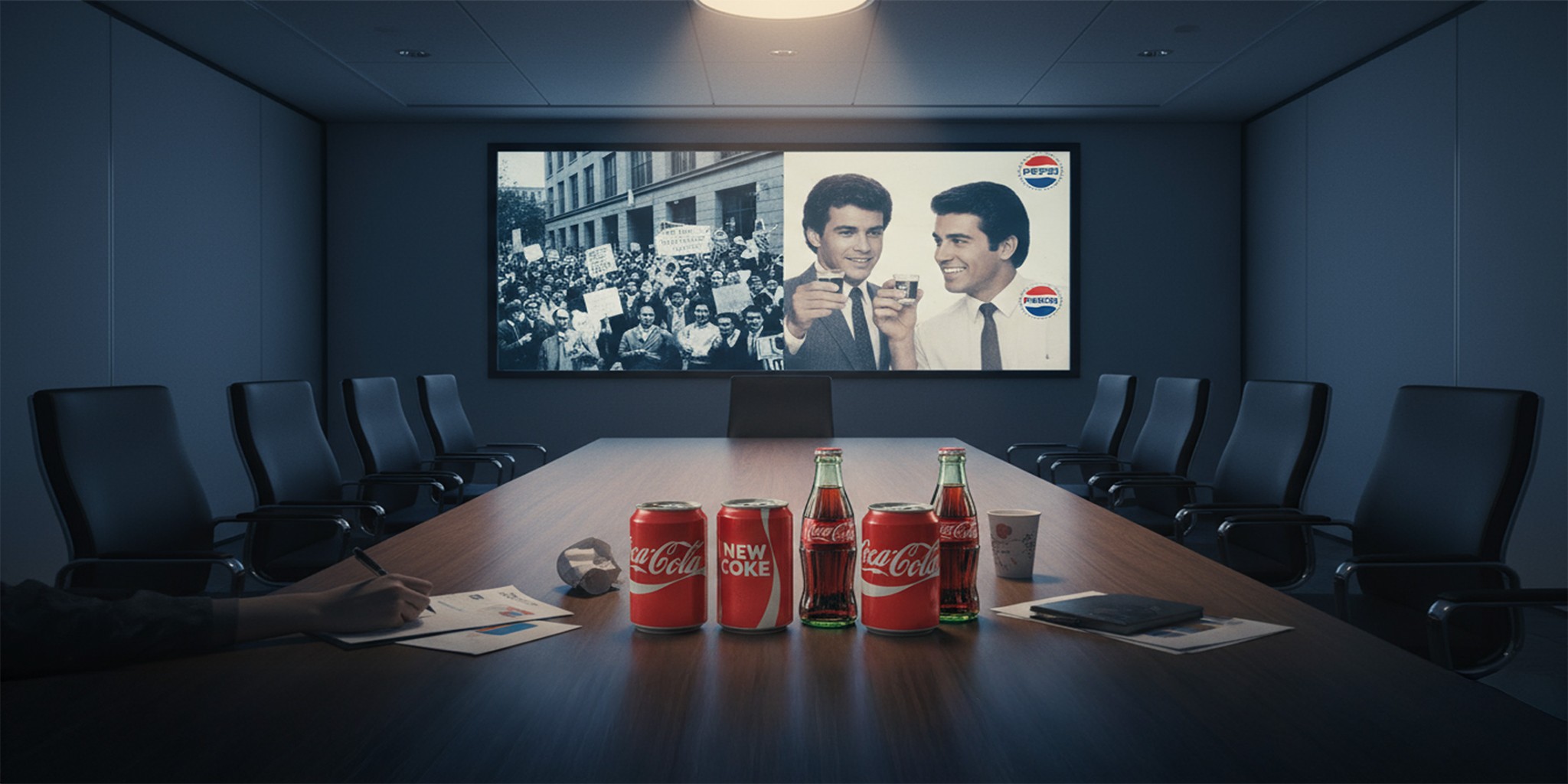ShareWord / Gideons
Millions Reached Through Iconic Brand Launch Campaign
branding copyrighting marketing management name development photography print media public relations social media strategy development video non-profitAt a Glance The Gideons has been an iconic Christian organization in Canada for over 110 years. When the organization decided to undergo some significant changes in their ministry, they hired Radiant to help dream up their new brand. We designed the new ShareWord Global brand, and when they were ready to fully embrace the ShareWord Global name,
Read More

















